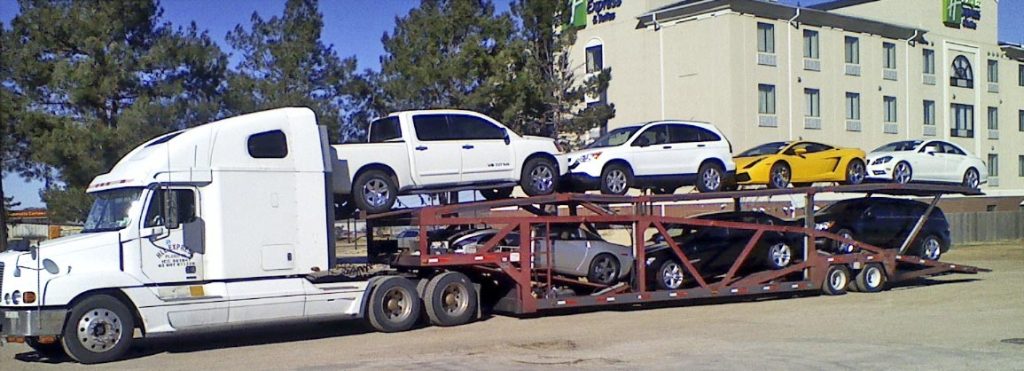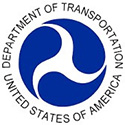HLL EXPRESS AUTO TRANSPORT
FAQ
Faster delivery, higher quality
FAQ
Travel at the speed of light – safely
WHAT IS DOOR TO DOOR TRANSPORT?
Door to door transport is a service that will deliver your vehicle directly from location to destination without the inconvenience or hassle of having to drop off and/or retrieve your vehicle. Many times, vehicle transportation has involved dropping off your auto, boat or RV at a depot, where it is then loaded and delivered to another terminal for pick up. This is commonly known as terminal to terminal transport. This is an affordable option that many customers chose, however we do understand that coordinating a drop off and pick up often means adding time and another chore to your already busy schedule.
WHY DO CUSTOMERS USE DOOR TO DOOR AUTO TRANSPORT?
Many customers choose door to door shipping because of the convenience, however there are many reasons why it is widely considered as a great choice. Below are some of reasons why door to door transport is so popular:
- It saves considerable time by eliminating vehicle drop off and pick up. All of that is taken care of for you.
- The use of only one driver from point A to point B eliminates the use of multiple carriers as well as potential storage fees at terminals.
- Affords you the opportunity to meet the driver who will be transporting your vehicle.
- You have the opportunity to oversee the process of your vehicle getting loaded onto the transport carrier.
WHAT ARE SOME CROSS-COUNTRY CAR SHIPPING TIPS?
- Pick A Date
You probably have a general idea of when your move across the country is going to take place, but it’s good to pick an exact date of your move ahead of time. An exact timeframe is needed to get transportation quotes for moving your car. So it is a smart idea to pick a moving date sooner than later. In most cases, transporters are flexible and will work with you to accommodate your car-moving needs, but as a rule of thumb, it is best to give them no less than 7 days prior notice. - Check With Your Insurance Agent
Be sure to check in with your insurance agent and let them know about your upcoming move. You want to be prepared for anything, including a potential accident, theft or damage to your vehicle, and your insurance agent is a great resource for advice and info on supplemental insurance for your car. - Empty Your Car
Before your car is shipped off to your new home, be sure to remove any miscellaneous items inside. Unless you negotiated it beforehand, you probably will not be allowed to use your car as an extra moving box. Stuff your car with possessions and furniture means extra weight, which can result in extra costs or potential safety issues. Plus, the transport company could potentially refuse to move the vehicle. - Date of Arrival and Inspection
A lot can happen on a cross-country move, so you will want to be present when the car transport company delivers your vehicle. Keep an eye as the car is unloaded off of the trailer and inspect if from top to bottom to make sure it was not damaged during the move. The driver should also present you with a copy of the transport contract for your records for you to sign. As a rule of thumb, inspect your car from top to bottom and then inspect it again before signing off on its condition, otherwise you will be on the hook for any damage.
WHAT ARE SOME TIPS TO PREPARE YOUR VEHICLE FOR AUTO TRANSPORT?
- Clean The Inside Of The Car
During transport, your vehicle may be jostled a bit. In order to avoid things from being tossed around inside your car, clean the interior and remove everything not secured. This includes air fresheners and your spare change. Also remove all of your electronics and their supporting cables/chargers. - Disable The Alarm
Seems obvious, but to avoid making things difficult for the truck driver, be sure you disable any alarm systems your vehicle may have. - Don’t Gas Up
Your vehicle is being transported, not driven, so there’s no need to fill up prior to loading. In addition, having a full tank of gasoline makes your car heavier. Additional weight can add and risk to the shipment. Leave as little fuel in the tank as possible when preparing your vehicle for transport. - Check For Leaks
Before your car or truck gets loaded onto the truck, check the undercarriage for any noticeable leaks. If your vehicle has an aggressive leak, the car shipping company may refuse service. If you see a leak, make sure to get it repaired prior to moving day. After all, you wouldn’t want the vehicle above yours to be dripping oil or transmission fluid all over your car, would you? - Check Tire Inflation
Under-inflated or over-inflated tires are just as risky in transport as they are on the road. By not having your tires properly inflated, you could be increasing the risk of damage to the tire. Tire damage is most likely to occur during loading and unloading, but if your tires are properly inflated, you won’t have a problem. - Remove Custom Accessories
To prevent the risk of a car spoiler and other special accessories breaking in transit due to their odd size, make sure to remove any custom parts or accessories before the vehicle is loaded onto the truck. - Lock The Car
Once your vehicle is loaded onto the auto transport truck, there’s no reason for it to be opened up until it is delivered. Lock everything up to reduce the risk of theft while it is being transported.





